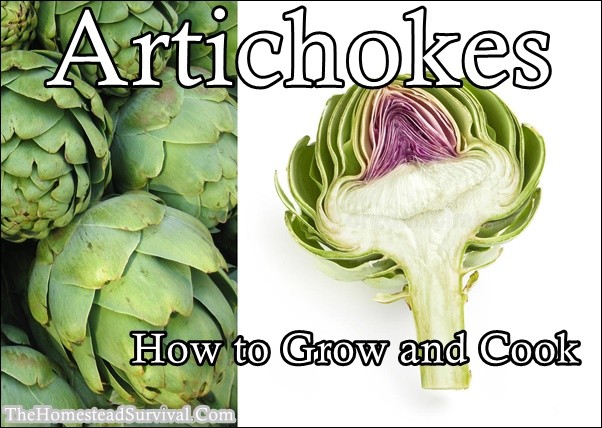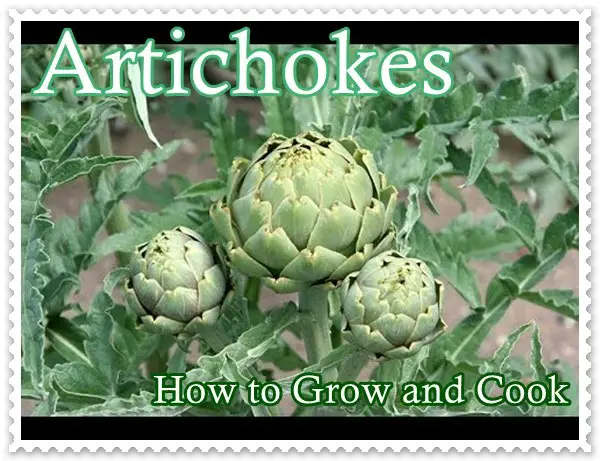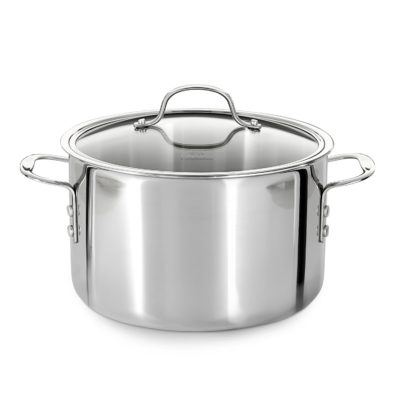Artichokes are actually a FLOWER . The globe artichoke is a species of thistle cultivated as a food. WILD FOOD FORAGING that has been embraced and mainstreamed into our healthy diets.

You see them in the produce section in your grocery store. You think nothing of it but truly there is so many plants you walk by every day that you have no clue that you can be eating.
Delicious, Yummy and Free
If we change the way we see the plants around us, we can reduce our groceries budget, the amount of hunger in our communities and build an appreciation for what nature has to offer.
This is a SKILL (wild food foraging aka wild crafting), learning what is edible in the plants around us, that is fact in priceless. This knowledge is so so so valuable. During peace and disaster, it can save lives.
The edible portion of the plant consists of the flower buds before the flowers come into bloom. The budding artichoke flower-head is a cluster of many budding small flowers, together with many leaves, on an edible base.
Once the buds bloom, the structure changes to a coarse, barely edible form.

Tip: The leaves should be closed with just a little separation, not flayed wide open. Remember an artichoke is a flower bud, as it ages, the leaves open up. So an artichoke with wide open leaves may be on the old side.
Ingredients:
1 -3 large globe artichokes – cut in half
Sprinkle of your favorite spice seasoning
Instructions:
1. Slice off the top one inch of the artichoke – it allows for boiling water to cook inside the artichoke more quickly and thoroughly.
2. Cut off the stem but cook it as well. The inner core of the stems taste like the heart of the artichoke.
3.Rinse the artichokes in running cold water.
4. In a large pot, put a 4 inches of water, dash of spice seasoning (this adds wonderful flavor to the artichokes)
5. Cover the pot with lid. Bring to a boil. Cook for 25 to 35 minutes or longer, until the outer leaves can easily be pulled off.
6. Drain into a strainer. Jiggle strainer to release extra water trapped in leaves.
7. Artichokes may be eaten cold or hot.
8. Here is the fun part. Cooked artichokes leaves can be dipped in flavored melted butter (so many combinations are possible) or mayonnaise.
9. Place wide end in mouth, dip side down, pull, scraping through your teeth: Tightly grip the other end of the triangle leaf. Place in mouth, dip side down, and pull through teeth to remove soft, pulpy, delicious portion of the leaf. Discard remaining leaf.
10. Once you have scraped all the delicious tender artichoke leaves with your teeth. You will reach the heart of the artichoke. With a knife or spoon, scrape out and discard the inedible fuzzy part (called the “choke”) covering the artichoke heart.
11. Eat the heart of the artichoke and stem with delight.


